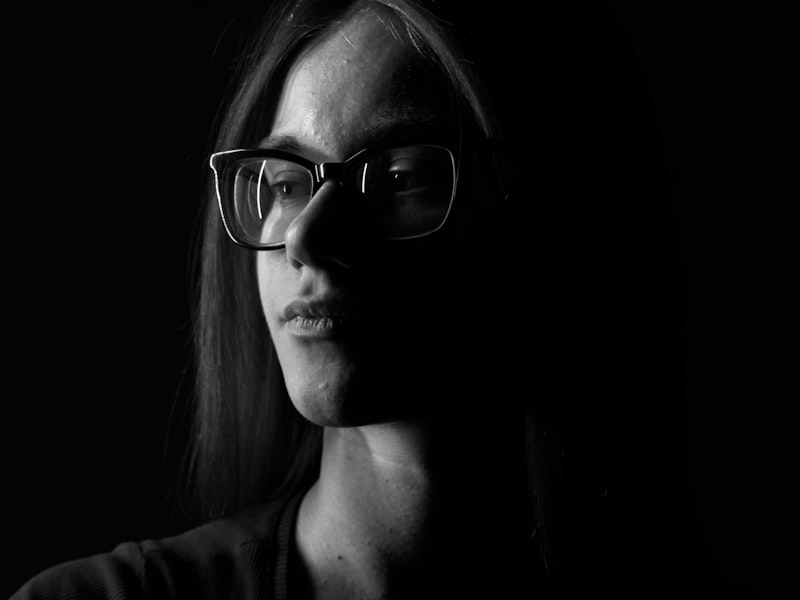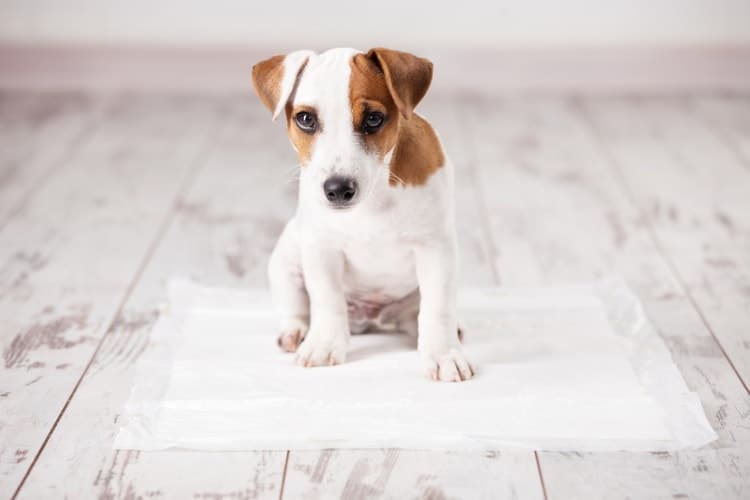Not known Incorrect Statements About 10 Best German Shepherd Puppy Training Tips

What Does Best Healthy Treats for Puppy Training and Dog Training Mean?
Rather, move better to your puppy and go back to an action where he can be effective at responding to his name the first time. When your young puppy can turn around to face you, start including motion and making the video game more enjoyable! Toss Find More Details On This Page on the ground and take a few fast steps away while calling your young puppy's name.
Coming to you must be enjoyable! Continue structure on these video games with longer distances and in other areas. When training outdoors (constantly in a safe, enclosed area), it may be useful to keep your young puppy on a long leash in the beginning. When your puppy comes to you, do not reach out and get him.

Home - SF Puppy Prep
If your young puppy is timid, kneel and face them sideways and use him treats as you grab the collar. Never ever call your dog to punish! This will only teach him that you are unpredictable, and it is a good idea to prevent you. Constantly reward your pet dog heavily for reacting to his or her name, even if they have been up to mischief! How to Teach a Canine Loose-Leash Strolling In competition obedience training, "heel" suggests the pet is walking on your left side with his head even with your knee while you hold the leash loosely.

Quality Puppy Training in Long Beach, California - The Driven Dog
Some trainers choose to say "let's go" or "forward" rather of "heel" when they train this simple way of walking together. Whatever hint you select, be constant and always use the same word. Whether your puppy strolls on your left side or your ideal side is totally approximately you.
The Of Basic Dog Training: Guide to Essential Commands and
First, make certain your puppy is comfortable using a leash. This can feel strange initially, and some young puppies may bite the leash. Provide your young puppy treats as you put the leash on each time. Then, stand beside your young puppy with the leash in a loose loop and give him numerous treats in a row for standing or sitting next to your leg.
Continue providing treats to your pup at the level of your knee or hip as you walk forward. When he runs in front of you, just turn in the opposite direction, call him to you, and reward him in location. Then continue. Gradually begin providing treats even more apart (from every step to every other action, every 3rd action, and so on).
